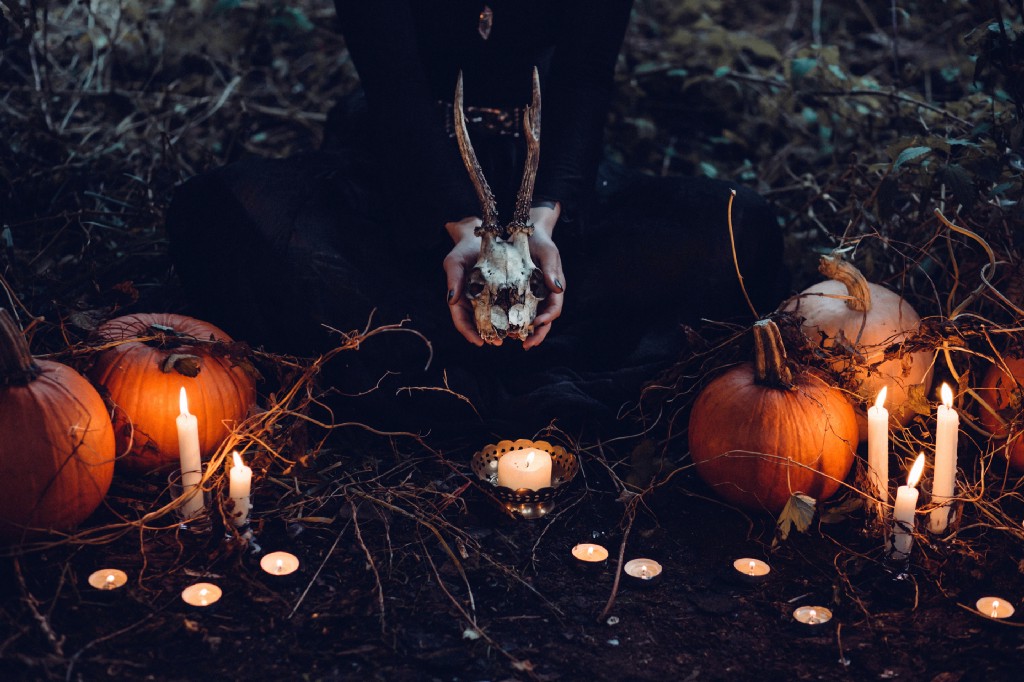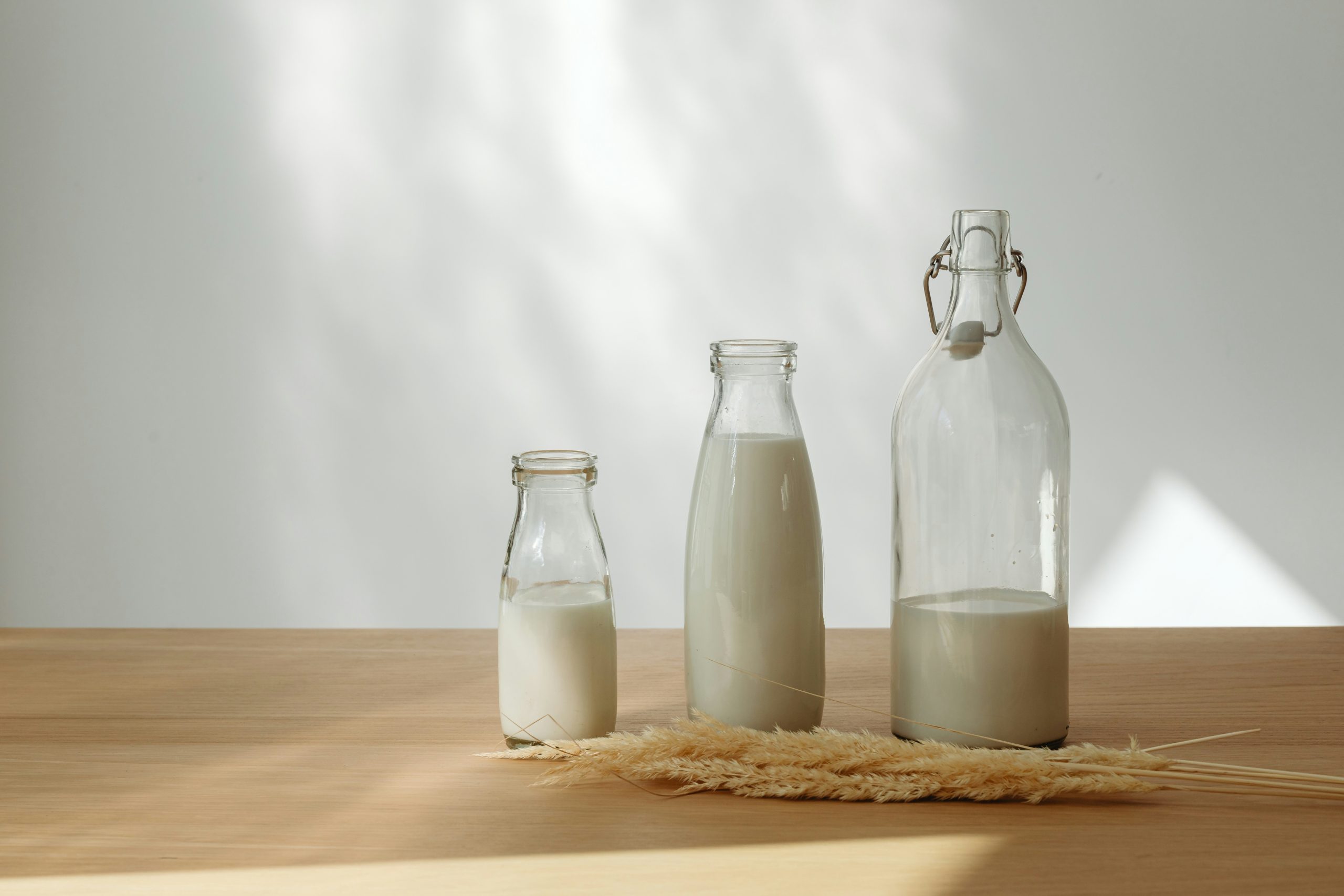Books & Culture
An Autobiography in Anime
As Asian American kids, we searched for representations of ourselves, and this was what we found

W e came to them early. The foremost of these passions, for most everybody but especially the girls, was Sailor Moon — the English-dubbed version that came on at 2:30 in the afternoon right after Bananas in Pajamas, always too early for those of us who commuted to schools outside of the South Bay and only got home around four or five, after free daycare, after aunt’s houses, after being snuck into the hospital canteens until our moms’ shifts ended on the days when every relative who might have a few hours to spare for childcare alongside a beer and television, didn’t have a few hours: not for the child, the beer, the television.

At home my family didn’t have a working VCR; our old one had a tape stuck in it that no one had bothered to dig out a second time after the first attempt with a screwdriver nearly ended up electrocuting my cousin to death, the one ten years older who used to employ long tickling sessions at his mother’s house as an excuse to feel me up, but we eventually bought one towards the end of Sailor Moon’s first season. My great success of that year was successfully timing the VCR to record the season finale, the one where Sailor Moon and Tuxedo Mask reveal their secret identities to each other at last. This is who I really am. Me, too. I didn’t know. Me, neither. It was an early lesson on what mutual revelation and mutual witnessing might have to do with love. I watched the episode again and again and again, then recorded it onto another videotape at a friend’s house, just in case the first copy broke. It did.
I watched the episode again and again and again, then recorded it onto another videotape at a friend’s house, just in case the first copy broke. It did.
Once hooked on the English dub, we wanted more. There was a biracial girl in our sixth grade class, Yumi, who almost passed for white. She owned videotapes of most of the original Japanese episodes, unsubtitled, nearly all of which were unaired in America, and which she rented out to the rest of us — rented, not loaned. That was how she told us we weren’t really her friends. I could swallow enough pride to rent one videotape, just one time, and so that year I watched, without understanding a single word, three filler episodes from the Sailor Moon Stars arc, more than a hundred or so episodes further along in the series than what had been broadcasted in California on UPN, a network that no longer exists, having been turned into the CW. The Sailor Moon run in America ended after two seasons due to poor ratings, a fact that to me beggared belief, since back then it seemed like everyone I knew was watching, everyone in the whole wild world. But it turned out we were the only ones.
We didn’t watch those exotic shows, like Beverly Hills 90210 or Baywatch, the shows about Californians who might as well have been Martians, for all they were familiar to Californians like us — children of Filipino, Mexican, and Vietnamese security guards, nurses, cleaners, cooks. Crystal Tokyo felt both liberating and knowable, more than any show about California where no one ever eats Filipino barbecue in a strip mall, where no one’s parent works sixteen hours a day at the hospital bedsides of Korean War and Vietnam War veterans, except when they were having PTSD episodes and all the Asian nurses were ordered to avoid them.
Crystal Tokyo felt both liberating and knowable, more than any show about California where no one ever eats Filipino barbecue in a strip mall, where no one’s parent works sixteen hours a day.
In our seventh grade class there was even a white girl — rare — of the kind that read fantasy novels alone at lunch time, who upon finding out that we watched Sailor Moon, successfully befriended us by saying she had an extensive collection of tapes and books at home that she’d happily loan to us. Loan, not rent. Through her eager, faintly clammy friendship came Fushigi Yuugi: the full series, some of the manga, even some of the OVAs (Original Video Animation, made for DVD release rather than TV). The story was corny, but we loved it: girlfriends who found an old book that turned out to be a time-travel portal. Entered it easy, like passing through a door, or a rite. Found themselves in another world. Made friends, lost friends, fell in love, got molested, staved off the end of the world. High realism, for where I was at twelve.
It wasn’t always just the girls. In high school, they showed Neon Genesis Evangelion late at night on PBS, and one of my best guy friends and I watched the episodes while on the phone with each other; sometimes commenting, sometimes sheltering each other in the kind of bonded silence that was easier to bear back when you could still twist up the telephone cord in your hands. We held each other on the line. We must have been fifteen; both Pinoy, both moreno, both with nurses for mothers, both with skin stretched gossamer in places from years of abusing corticosteroids to treat lifelong eczema. We went to our junior prom together, him in a rented tuxedo, me in a gold sequined dress with a slit that went up to my thigh.
My favorite character in Eva was Misato. Katsuragi Misato: 29, rarely without a beer, wears a grin so calcified it’s actually become real. A great shot with the Heckler and Koch USP sidearm, eschewing the Glock 17 of her fellow Nerv personnel; taking life lightly, her shutters closed up tight. I still remember loving the small detail that Misato and her college boyfriend Kaji once locked themselves up in a room and had sex for days, stopping only for beer and food. Two-dimensional aspirations, a dream of desire. It sounded like heaven, only bearable.
I still remember loving the small detail that Misato and her college boyfriend Kaji once locked themselves up in a room and had sex for days, stopping only for beer and food.
Director and creator Hideaki Anno described Misato as a loser girl-woman, an adult Tsukino Usagi — which is to say, an adult version of the main protagonist of Sailor Moon. Katsuragi Misato is what happens when the magical girl, the beautiful soldier and messiah (all epithets by which Sailor Moon was often described throughout her eponymous show) becomes an adult. Has to navigate problems that aren’t about saving the world, but surviving in it: day to day, meal to meal, missed connection to made connection. In fact, in the Japanese versions of Evangelion and Sailor Moon, Katsuragi Misato and Sailor Moon are played by the same voice actress, Mitsuishi Kotono. But PBS showed the English dub, so we couldn’t have known.
It was weird, admittedly, that Sailor Moon was blonde. At the time, we didn’t know anything about the postwar aesthetics of anime in Japan, or about the country’s own reckonings with war, whiteness and America. Consciously or not, we had been seeking out universes that might be populated by people like us, and Japanese anime seemed as good a place to land as any, so we took the yellow and orange-haired protagonists the way a realist takes on life, bad with the good. Though over the years we learned, as young Filipinx morenos in the Bay, that people like us was both far more and far less mutable than we imagined: we’d all been told that Filipinos weren’t “real” Asians, always from the mouths of the more middle-class, light-skinned East Asian kids in school, who as I remember were some of the first people I ever heard refer to Filipinos by the n-word.
We had been seeking out universes that might be populated by people like us, and Japanese anime seemed as good a place to land as any.
And certainly there was some controversy, at least in my family, over the fact that anime was a Japanese art form in the first place. My grandfather had worked in Guam for the U.S. Army during the Second World War, and my grandparent-age uncle had been shot and bayoneted by Japanese soldiers during the Bataan Death March, surviving only by jumping into the Pampanga River, falling unconscious, and waking up in the home of the woman who had retrieved his body from the river, and who would later become his first wife. My grandmother still told stories about how she and every girl she knew had to smear their own faces with dirt and charcoal, wear rags, all in the brittle hope that Japanese soldiers wouldn’t steal them from their homes and sentence them to a life of imprisonment and rape. Asian America was a universe, as many-starred and many-scarred as the universes in Sailor Moon: there were no knot-free pleasures. Twists, compromises, flexing an image like a funhouse mirror so the reflection almost, almost takes your shape: that was how we had to watch things, sifting the pixels for gold. But if you give kids next to nothing, they’ll still make a world out of it. That’s something any magical girl anime worth its salt will teach you.

Even now, long after all the playground theater has ended, one of my favorite characters of all time is still Sailor Saturn. She doesn’t even show up in the English dub of Sailor Moon; I had to discover her in high school, after my friend and I ordered videotapes of fan-made English subs off the Internet, from some late 90s/early 2000s Angelfire website with a tinny MIDI file of the Sailor Moon theme song that would start playing when you loaded the home page. Sailor Saturn’s the one with the sickly constitution and the physician father who goes off the deep end, the one called the Soldier of Death and Rebirth, the one called the Soldier of Silence and Ruin, the one called the Goddess of Destruction — all of which sounded just melodramatic enough for my tastes at the time. Sailor Saturn looked like me in all my kid photos: thick black bangs, fighting, hoping that pretending to be strong might actually count as strength.

At the climax of one season, Sailor Saturn’s the one who makes the turning-point decision to jump right into the heart of pure groaning evil to do what Sailor Moon herself — yellow hair, blue eyes, pretty as a main character, believes in happy ending — can’t do. Accept death, including her own. Go into the ugly groaning of the world and not come back from it.
But the show isn’t called Sailor Saturn: a girl like her is always the sidekick, not the protagonist. That was one early lesson. Predictably enough, Sailor Moon does end up going after her — and saves them all in the end, including Sailor Saturn, soldier of death and rebirth, soldier of silence, soldier of ruin, goddess of destruction, sickly dumbass set on suicide via demonic abyss. Sailor Moon isn’t a show about anyone jumping into the heart of pure evil and losing. You’d have to learn about that later.
But the show isn’t called Sailor Saturn: a girl like her is always the sidekick, not the protagonist.
Still, when Sailor Moon comes back from her rescue mission, her eyes are vacant, her face slack with shock. The background music plays Sailor Moon’s beloved theme song, but a new, unfamiliar rendering of it, with a forlorn, music-box timbre; the sound of an adult woman facing the apocalyptic debris of childhood. In Sailor Moon’s rictus-stiffened arms is the successfully retrieved Sailor Saturn, now transformed into a baby, swaddled in cloth. Survival-new. Second chance-new. They’ve both seen some shit — but they came back. Here were the episode’s lessons, magical as true love; as being saved by a friend who won’t let you down; as girls who survive. Not all wrecked things are wrecked forever. You could return from the ugly. You could live.








